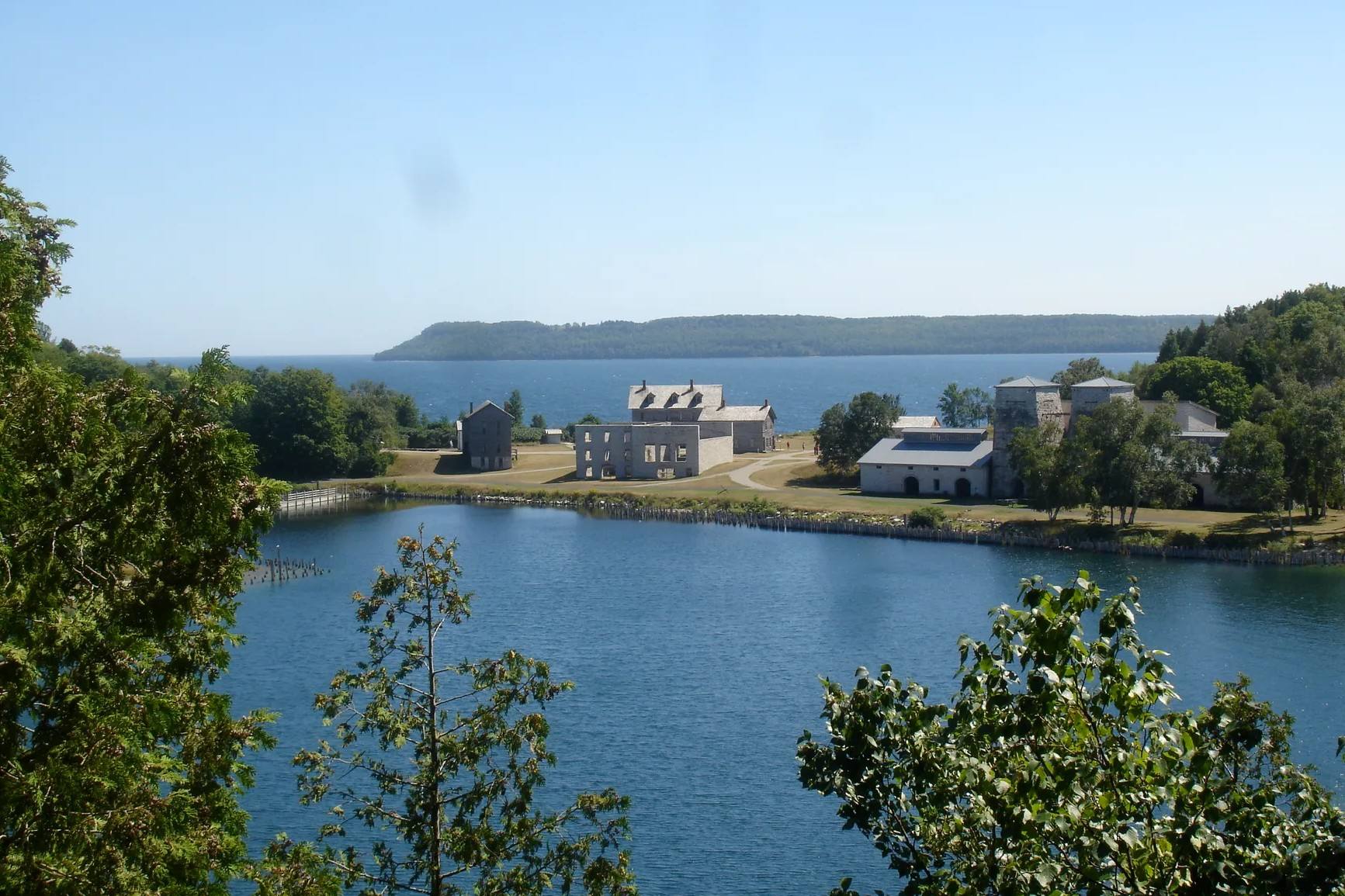Secrets Of Michigan’s Beaver Island Ghost Towns

Have you ever wondered what secrets lie hidden in Michigan's Beaver Island ghost towns? This remote island, nestled in Lake Michigan, holds a fascinating history waiting to be uncovered. Once bustling with life, these towns now stand as eerie reminders of a bygone era. From abandoned buildings to overgrown pathways, each corner tells a story of the past. Whether you're a history buff or just love a good mystery, exploring these ghost towns offers a unique glimpse into Michigan's rich heritage. Ready to step back in time and uncover the mysteries of Beaver Island? Let's dive into its intriguing past!
Secrets of Michigan's Beaver Island Ghost Towns
Beaver Island, nestled in Lake Michigan, holds a fascinating history. Once bustling with activity, several towns now lie abandoned, whispering tales of the past. Let's uncover the secrets of these ghost towns.
1. St. James
St. James, the island's main port, was once a thriving Mormon settlement. Founded by James Strang in the mid-1800s, it became the center of his kingdom. Today, remnants of this era can still be seen.
- Old Mormon Print Shop: This building once housed the press that printed Strang's decrees.
- King's Highway: The main road built under Strang's rule, still used today.
- Protar's House: Home of Feodor Protar, a beloved island doctor and eccentric.
2. Whiskey Point
Whiskey Point, named for the whiskey trade that flourished here, was a hub of activity. The lighthouse, built in 1856, still stands as a beacon of the island's maritime history.
- Whiskey Point Lighthouse: A historic lighthouse guiding ships safely to harbor.
- Old Dock Ruins: Remnants of the docks where goods were traded and shipped.
- Fishermen's Shanties: Abandoned huts that once housed the island's fishermen.
3. Cable's Bay
Cable's Bay, a once-thriving fishing village, now lies silent. The bay's clear waters and sandy shores hide the stories of the people who lived and worked here.
- Old Fishery: Ruins of the fish processing plant that was the heart of the village.
- Abandoned Cottages: Homes of the fishermen, now overgrown with vegetation.
- Cable's Bay Beach: A serene spot where the village's children once played.
4. Font Lake
Font Lake, surrounded by dense forests, was a secluded community. The lake's calm waters reflect the quiet life that once thrived here.
- Old Schoolhouse: The one-room school where island children learned.
- Abandoned Farms: Fields and barns now reclaimed by nature.
- Font Lake Cemetery: Final resting place of the town's residents, marked by weathered stones.
5. Bonner's Landing
Bonner's Landing, a small settlement on the island's western shore, was known for its logging industry. The dense forests provided ample timber for the island's needs.
- Old Sawmill: The ruins of the mill that processed the island's timber.
- Logger's Cabins: Abandoned homes of the men who worked the forests.
- Bonner's Landing Dock: The remains of the dock where timber was shipped off the island.
6. Iron Ore Bay
Iron Ore Bay, named for the mineral deposits found here, was a mining community. Though the mines are long closed, the bay's beauty remains.
- Old Mine Shafts: Hidden entrances to the mines that once provided iron ore.
- Miner's Shacks: Abandoned homes of the miners who worked the shafts.
- Iron Ore Bay Beach: A picturesque spot where miners once relaxed after a hard day's work.
7. Garden Island
Garden Island, just north of Beaver Island, was home to a Native American community. The island's rich soil supported their gardens and provided sustenance.
- Old Gardens: Overgrown plots where vegetables and herbs once grew.
- Abandoned Village: Remnants of homes and communal buildings.
- Garden Island Cemetery: A sacred place where the island's original inhabitants rest.
8. Hog Island
Hog Island, a small island off Beaver Island's coast, was used for farming and livestock. The island's isolation made it ideal for raising hogs and other animals.
- Old Barns: Structures where livestock were housed.
- Abandoned Farmhouses: Homes of the farmers who worked the land.
- Hog Island Beach: A quiet spot where farmers once enjoyed the island's natural beauty.
Hidden Gems of Beaver Island
Beaver Island's ghost towns offer a unique glimpse into Michigan's past. Exploring these abandoned places, you can almost hear the whispers of history. Each site tells a story of dreams, struggles, and the passage of time. From the remnants of old buildings to the overgrown paths, every corner holds a piece of the island's heritage.
Visiting these ghost towns isn't just about seeing old structures. It's about connecting with the past and imagining the lives of those who once called this place home. Whether you're a history buff or just looking for a unique adventure, Beaver Island's ghost towns are worth the trip.
Pack your bags, grab a camera, and get ready to step back in time. The secrets of Beaver Island await your discovery.

